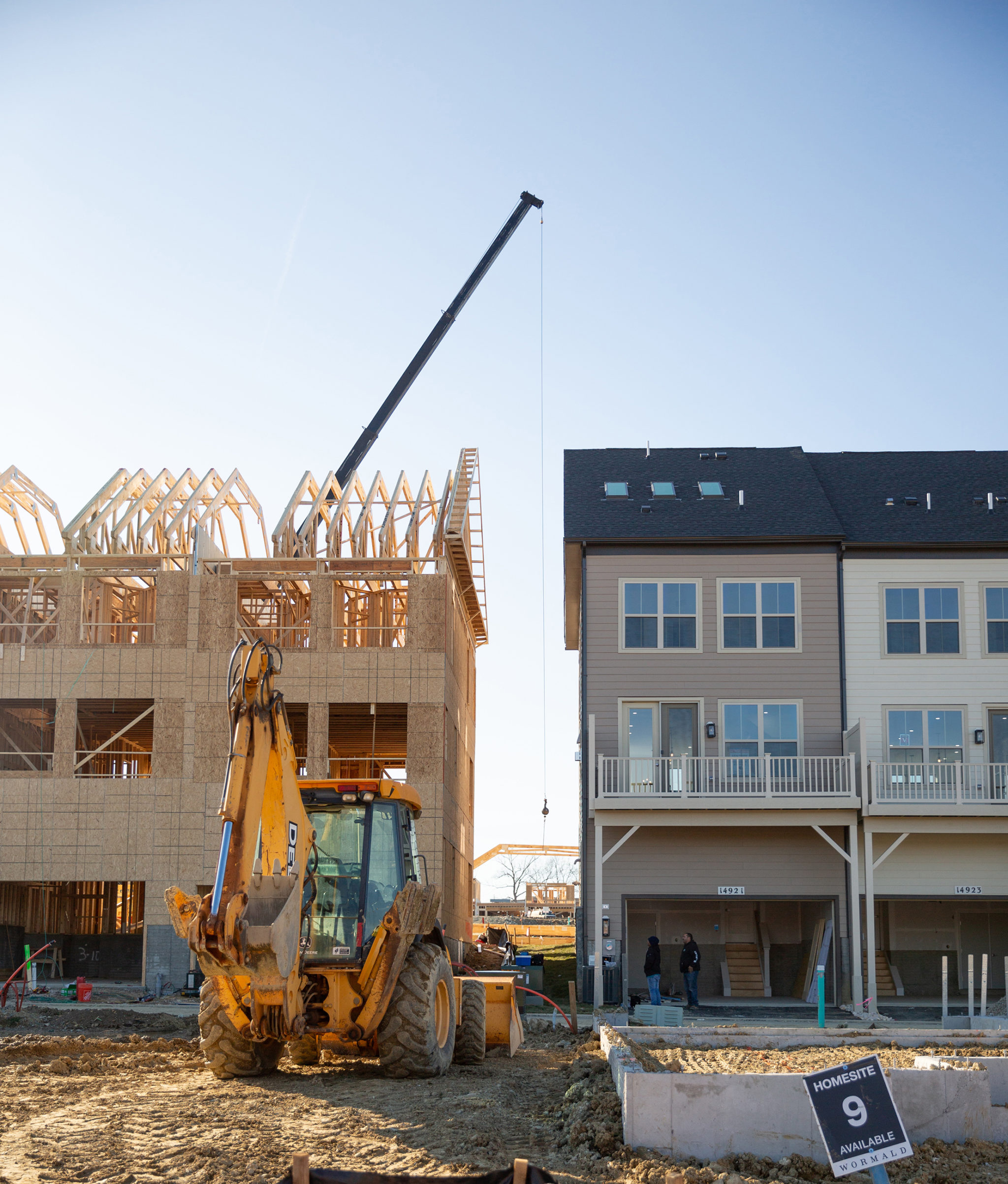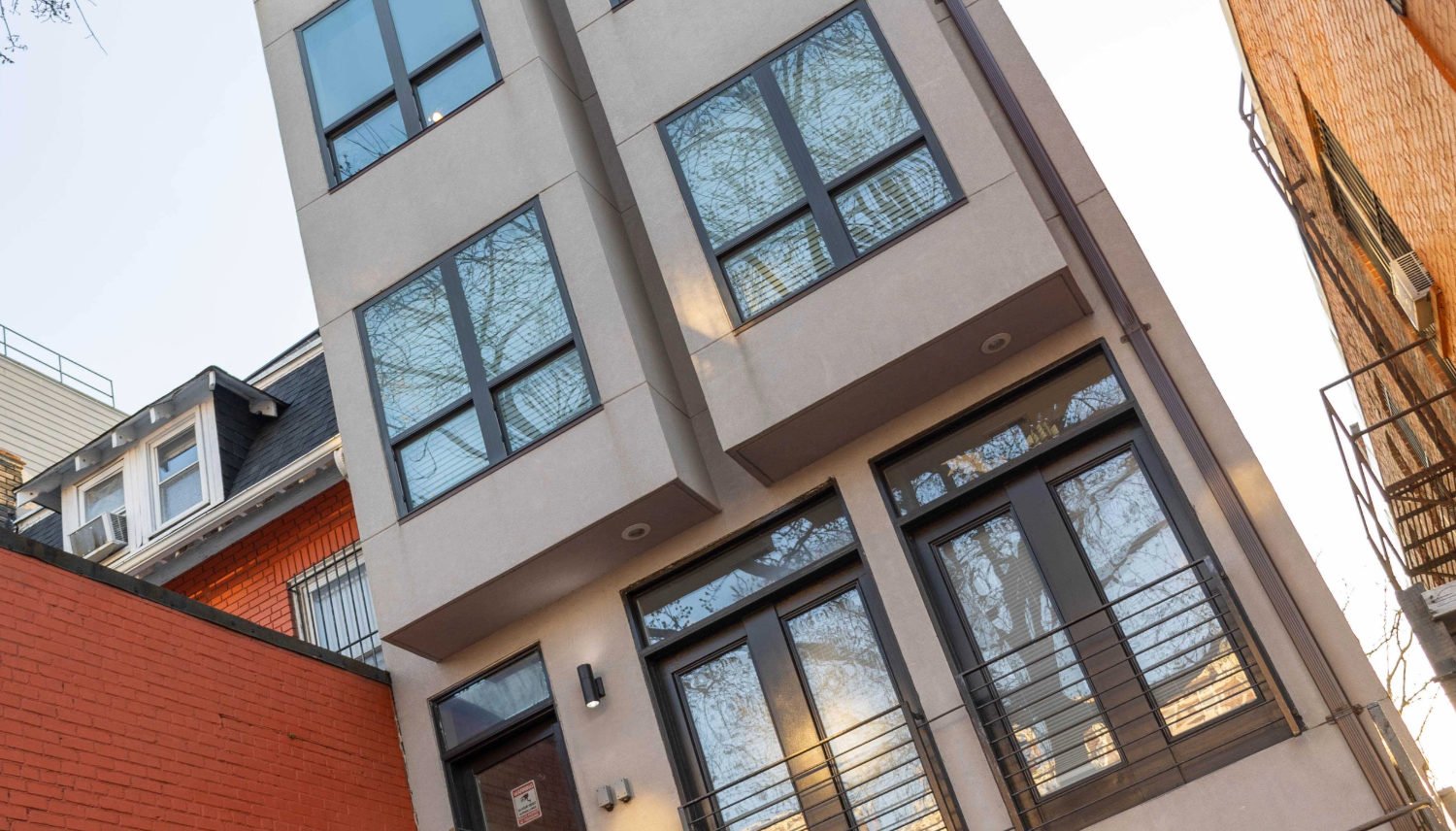The local real-estate market this year is expected to look a lot like it did last year, with a limited inventory of homes for sale and slowing price appreciation. Still, there are a few trends—and bright spots—to watch for in the spring.
Everyone Will Talk About Commissions
A landmark court decision last fall shook the industry to its core. Some agents feared that their careers were about to be canceled.
In a Missouri case, sellers claimed that practices by the National Association of Realtors and several large real-estate brokerages have kept commissions artificially high by requiring listing agents and buyers’ agents to agree on and split their fees, typically a total of 5 to 6 percent of a home’s sale price. NAR and the brokerages were held liable for at least $1.8 billion in damages to sellers in three states—an amount that could rise to as much as $5 billion. In addition to monetary settlements, the companies have pledged to change their practices. Doing so could eliminate the system of sellers paying all commissions.
“There is a lengthy appeals process that needs to take place, so it’s premature to expect any immediate changes,” says Rene Galicia, executive vice president of customer advocacy for the multiple-listing service Bright MLS.
Half a dozen similar lawsuits also have been filed. No matter the outcome of all the suits, most agents anticipate more transparency on how commissions work.
In reality, commissions have always been negotiable, says Yolanda Muckle, an agent with Long & Foster in Largo. For example, while 3 percent for both the buyer’s and seller’s agents is common, in a hot market a seller may offer 2.5 or 2 percent to both agents because the transaction is expected to be quick. All negotiations should be done before any contracts are signed.
Buyers often assume they don’t need to worry about the commission because the sellers pay it—but commissions are paid from proceeds of the sale, and buyers are the ones shelling out for the purchase.
“Maryland, DC, and Virginia already have strong buyer-broker agreements, so agents just need to explain those agreements and the commission structure to buyers,” Muckle says. “Buyers need to understand that if for some reason the sellers offer Y and we agreed to X, they’re responsible for the difference.”
For example, if a buyer signs a contract with an agent that includes a 3-percent commission and the sellers offer 2.5 percent, then the buyer would need to pay their agent 0.5 percent of the sale price. This scenario rarely occurs but could potentially become more common.
In the future, mortgage-financing rules might change to allow homebuyers to roll commissions and other closing costs into their loans, according to Morgan Knull, an associate broker with RE/MAX Gateway in Fairfax.
“That won’t make homebuying more affordable for first-time and lower-income buyers,” Knull says, because their mortgage payments would be higher when they include commissions and other closing costs. “If it has the effect—which is likely—of pricing some prospective homebuyers out of the market, there are adverse implications for sellers too, due to fewer buyers and reduced demand.”
New Construction May Ease the Housing Shortage–a Little
New construction is viewed as a solution to the severe housing shortage nationwide, but it may not help the Washington area much.
“New construction offers a good opportunity for buyers to negotiate with builders for things like buying down their mortgage rates,” Knull says. “Even in DC, we’re seeing builders offer concessions on new condos that they weren’t offering two or three years ago.”
Still, there’s not enough new construction to offset the limited number of existing homes for sale.
“Inside the Beltway, there’s very little new construction except a few new infill projects and homes that are $1 million and up,” says Heather Embrey, an agent with Better Homes and Gardens Real Estate Premier in Falls Church. “It’s very frustrating to see all these construction cranes around Falls Church, but they’re all [rental] apartments. That takes away the opportunity for people to own and build wealth.”
Most new construction, Embrey says, is either too expensive or too large and doesn’t meet the needs of most buyers.
“There’s lots of building in Maryland in Frederick County and Prince George’s County, but affordability is a big issue,” Muckle says. “When townhouses are priced in the $500,000s and up, even people making six-figure incomes can’t afford to buy, especially when mortgage rates are high.”
The Rural Rush Is Over
In the early stage of the pandemic, when remote work became available for more people, especially federal workers, many opted to move to the exurbs, where they could get more space for their money, says Lisa Sturtevant, chief economist for Bright MLS. Now, though, “everyone is watching to see what happens with the federal government and whether people will be forced to go back to downtown offices. If there’s a big push to get federal workers in the office three times a week, demand for close-in homes may rise.”
The greatest risk of return-to-office policies is in farther-out suburbs such as Fauquier County, Sturtevant says: “Fauquier had the highest price increase during the pandemic because high-income households moved out of the city and close suburbs and pushed prices higher. Now there’s already been a reset, and those more distant areas have a weaker housing market.”
Buyers in search of affordability have often adopted a “drive till you qualify” mantra, but first-time and lower-income buyers are struggling the most with higher mortgage rates, a situation that also contributes to the weaker market in distant suburbs, Sturtevant says.
Mortgage Rates May Continue to Dip
Mortgage rates have probably peaked and will come down gradually in 2024, but not to 3 percent, says Sturtevant: “Some people think 3 percent is a normal mortgage rate, but the 50-year average is 7.75 percent.” She anticipates that rates will remain in the 6-to-7-percent range for the next year.
“The problem is that if mortgage rates drop at all, we’ll see more buyers come back into the market,” says Sheena Saydam, an agent with Keller Williams Capital Properties in DC. “We’re likely to see multiple offers more often if there aren’t enough homes for sale.”
In other words, Saydam explains, while lower rates may increase buyers’ purchasing power, they could also trigger a more competitive market that will raise prices: “Waiting for rates to drop means you lose out on a market with less competition and could end up paying more for the house you want. In addition, you would lose out on the equity you could gain as the market improves.”
Condos Are Cooling Off
Demand for condominiums is down, especially for one-bedrooms, Knull says: “In DC, there’s more inventory of condos than is normal.” Condos typically appeal more to first-time buyers, but, says Knull, “higher mortgage rates hit first-time buyers harder, plus it’s often cheaper for them to rent than own.”
Saydam notes that condos are taking longer to sell and appreciating more slowly than single-family homes throughout the region.
Rising condo fees make many units less appealing, Muckle says. She cites the example of a condo, bought 15 years ago at National Harbor, whose monthly fee has jumped in that time from $500 to $1,000 and has been hard to sell.
She estimates the monthly mortgage payment would be about $3,000 at a 7-percent interest rate, meaning a total monthly payment of $4,000 for a 1,100-square-foot unit.
Says Muckle: “That’s a problem.”
This article appears in the February 2024 issue of Washingtonian.


















